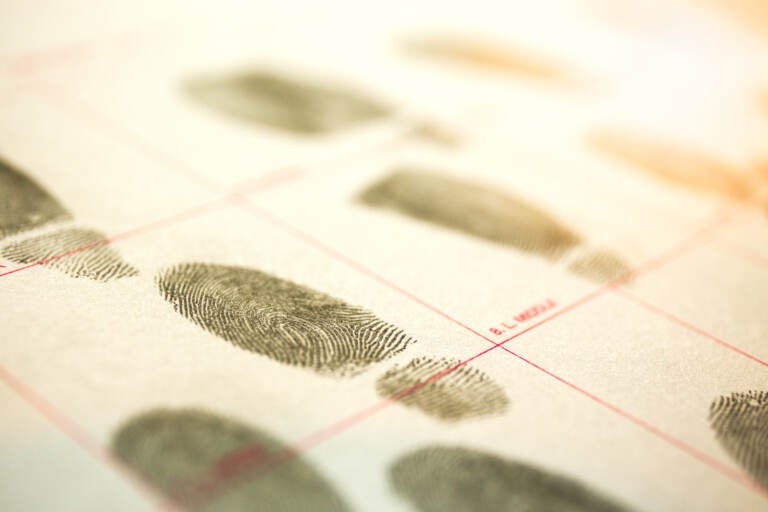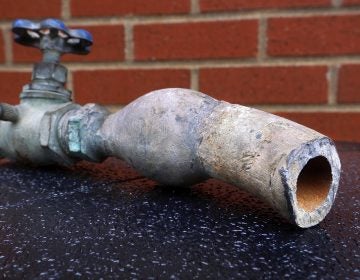Criminology Under the Microscope
Listen 49:00
(Tull Pradipath/Big Stock)
It’s one of the first questions we hear on detective shows after a heinous crime has occurred: “What’s the motive?” For hundreds of years, criminologists, politicians, and law enforcement have been asking a bigger version of that question: What causes crime? What makes criminals — criminals?
People have turned to everything from appearance to biology and environment for answers, and they’ve tried to use science to address this question.
On this episode, we look at science, crime, and the sometimes ill-fated attempt to use one to address or explain the other. We hear stories about the use of plastic surgery to prevent people in prison from reoffending, a recent case involving the “warrior gene defense” — and whether there’s anything to it — and the origins and evolution of criminology.
Also heard on this week’s episode:
- We talk with science journalist Douglas Starr about how the field of criminology came to be, and the rise of junk science used to solve crimes — including some still in use today. Starr’s book is “The Killer of Little Shepherds: A True Crime Story and the Birth of Forensic Science.”
- Earlier this year, a case about genetic predisposition made its way to the New Mexico Supreme Court: The defense argued that their client was genetically predisposed toward his actions. Reporters Sojourner Ahébée and Alan Yu investigate this DNA defense — what scientists are saying about it, and why some are worried it’s a dangerous road to take.
- You’ve heard of math prodigies, and musical prodigies — how about criminology prodigies? That’s the reputation Eric Schubert got when, as a high school student, local police enlisted him to help solve a cold case using genealogy. Now in college, Schubert is helping people across the country hunt down relatives, and investigators solve crimes. He explains how he uses distant family connections and public databases to puzzle together genetic mysteries.
Segments from this episode
WHYY is your source for fact-based, in-depth journalism and information. As a nonprofit organization, we rely on financial support from readers like you. Please give today.






